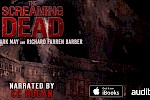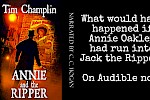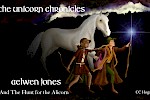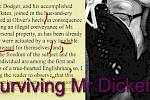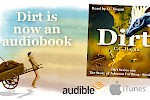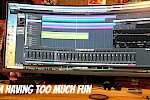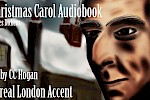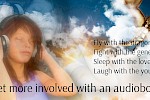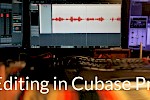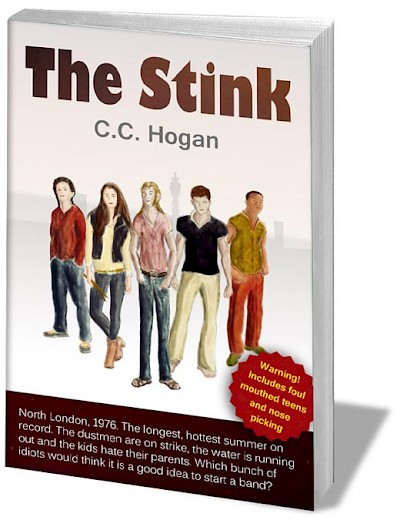Following on from my article highlighting the advantages of using a multitrack system to record and edit an audiobook, I thought it a good idea to make a demonstration video.
Audiobook Menu
FAQs:
Reading Your Book
Recording Your Book
Editing Your Recording
Technical Questions
Recording your own poetry
Other Articles:
A General Guide
Recording Dirt
Recording My Poetry
Preparing Your Manuscript
Plan your audiobook as you write
Using iZotope RX 6 with Cubase
Editing in Cubase demonstration
A bit on Punch & Roll
Should you delete breaths?
Setting up your Studio
External Articles & Resources
Punch and Roll
This is not the most detailed video out and neither could it be said to be a complete tutorial, but I hope it gives you some idea of how I work.
I use Cubase Pro to record and edit just about everything. This is a more expensive system than most, though the Artist version is cheaper, but since I also use it for music and have done for many years, it was an obvious choice for me.
In this demonstration, I am working on a recording from one of my books, Dirt. This only covers editing and not the actual recording.
Here I am mostly editing breaths and sorting out long gaps, but since I punch and roll when I record, that is the main editing required. Because this is a multi-track recording, so winding back and recording doesn't erase the take but overlays it, I also demonstrate how I can choose to use parts of the original recording.
I use keyboard shortcuts extensively in my work to speed up my editing and have created various macros to make life even faster. Typically, these macros are only for a simple function, but they add a final pre-roll and play command so that the system automatically winds back and goes into play after the edit. You would be amazed how much this speeds up editing.
Most of all this is explained in the video. I have listed some of the macros below if you are interested.
Macros
WARNING: Some macros can affect more than one track - Select Right Move Left below is one of those. I tend to lock off other tracks when doing heavy-duty editing, just in case. Actually, this is good practice anyway to lock off tracks where you have finished.
Cubase has its own built-in macro creator. All the following macros are assigned their own keystroke combination, for instance, shift+alt+q.
I then have mapped these to specific single keys on a cheap games keypad. In the image at the top of the article, my left hand is resting on the keypad. For most operations, I use just this keypad and a mouse and have no need to use my normal keyboard.
Most of the macros have a pre-roll and play command once the action is completed. However, since pre-roll is a pain when you are editing, the macros enable pre-roll, use pre-roll, play and then disable pre-roll again. I fill in the pre-roll time at the start of the project and then just ignore it from then on. I generally use a pre-roll of 1.3 seconds.
Lower Breath
This macro splits out a region highlighted with the range tool to create a new event, lowers the level of the event by a fixed amount, rewinds by the duration set in the pre-roll and puts it into play.
Delete Time
Cubase already has a delete time key command that deletes the region on one or more tracks selected by the range tool, but this macro adds the pre-roll and play command.
Select Right - move left
This using a series of commands to select all events to the right of a cursor and then move them to the cursor position. This is useful when judging the length of a gap when I have cut out audio. I can wind back, play and then stop at the point I feel the next audio should start - using my instinct rather than a measurement. This command then pulls up the audio to that point. I have ended up using this less than I thought I would. Also, it can affect other tracks.
Cut
This is the normal cut command that cuts the area highlighted by the range tool. But it adds the normal pre-roll and playback commands.
RX 6 plugins
I use iZotope RX 6 Standard plugins for repairing plosives, mouth clicks and so on. I have these on macros to speed up their use. I highlight a region with the range tool (it must be over just a single event) and use the key command. The plugin opens so I can make the repair. When I press "process" the repair is applied, the plugin window closes, the track pre-rolls and goes into play.
Note: The vast majority of edits in Cubase, including time compression, pitch change, levels and so on are non-destructive, however using plugins as processes in this way is destructive.












